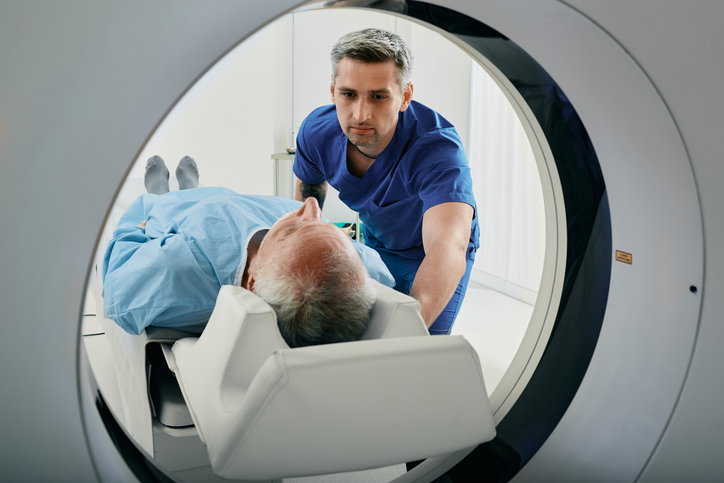When Tom Souligne agreed to get a routine heart scan, he never imagined it would uncover a life-threatening condition hiding in plain sight. With no major symptoms and an fairly active lifestyle, Tom wasn’t really thinking about what might be lurking underneath the surface. But, thanks to one CT scan—and the encouragement to take preventive action—doctors caught a serious heart issue just in time. This is the story of how one scan changed everything.
Initial Signs at Play
One indicator that Tom might be in danger of heart problems is his family history. “My father had stents put in and had a triple bypass. My older brother, Steve, died of a massive heart attack without knowing he had heart issues,” he shares. Still, he wasn’t overly concerned that something could go awry.
That is, until his wife Lisa pointed out that Tom was growing increasingly more fatigued. Now, he does have a hard job, working 60 hours a week most weeks in a swing shift-type environment. “So, getting tired wasn't a real shocker,” he notes. “But, when my wife pointed out to me that wanting to go to bed at 8:30 instead of 10:30, well, something is not right.”
Diagnosing the Heart Problem
The scheduling of the scan and the scan itself were both very simple—and quick. What resulted set Tom up for a whole new path, however. The calcium build-up score came back at about 1,520, when it should be under 100.
After receiving the results, Tom’s doctor contacted him right away and referred him to Dr. Williams, who then coordinated follow-up care with a cardiologist. Although early tests like an EKG showed some abnormalities, nothing appeared urgent.
However, during a stress test, Tom’s heart rate failed to reach the target threshold—never exceeding 130 bpm—which limited the test’s effectiveness. Given the inconclusive results, the care team recommended an angiogram to get a clearer picture of his heart health, with the understanding that stents would be placed immediately if any blockages were found.
“They did find some major blockages, one ninety-nine percent and another at ninety percent, and so they placed three stents in two separate arteries that very day,” he explains. “Then, I had to go back a month later and get two more stents in two other arteries.”
Where Is Tom Now?
Fortunately, the aftermath of Tom’s procedures has been positive. He feels far less tired and his quality of life has improved overall. Tom encourages anyone with a family history, or potential symptoms, or even someone who is just concerned about their heart health to undergo the scan.
“Even if you don't have a family history, get your CT heart scan,” he urges. “I am not a dramatic person. I am about as mellow and laid back as it gets, but it saved my life. I mean, it wasn't a question of whether I was going to have a heart attack. It was when I was going to have a heart attack. And of course, it would have depended on where I was when I had that heart attack in terms of survival. So, get it done, because it is a life changer.”
Click here for more information on Riverside Heart and Vascular services.
